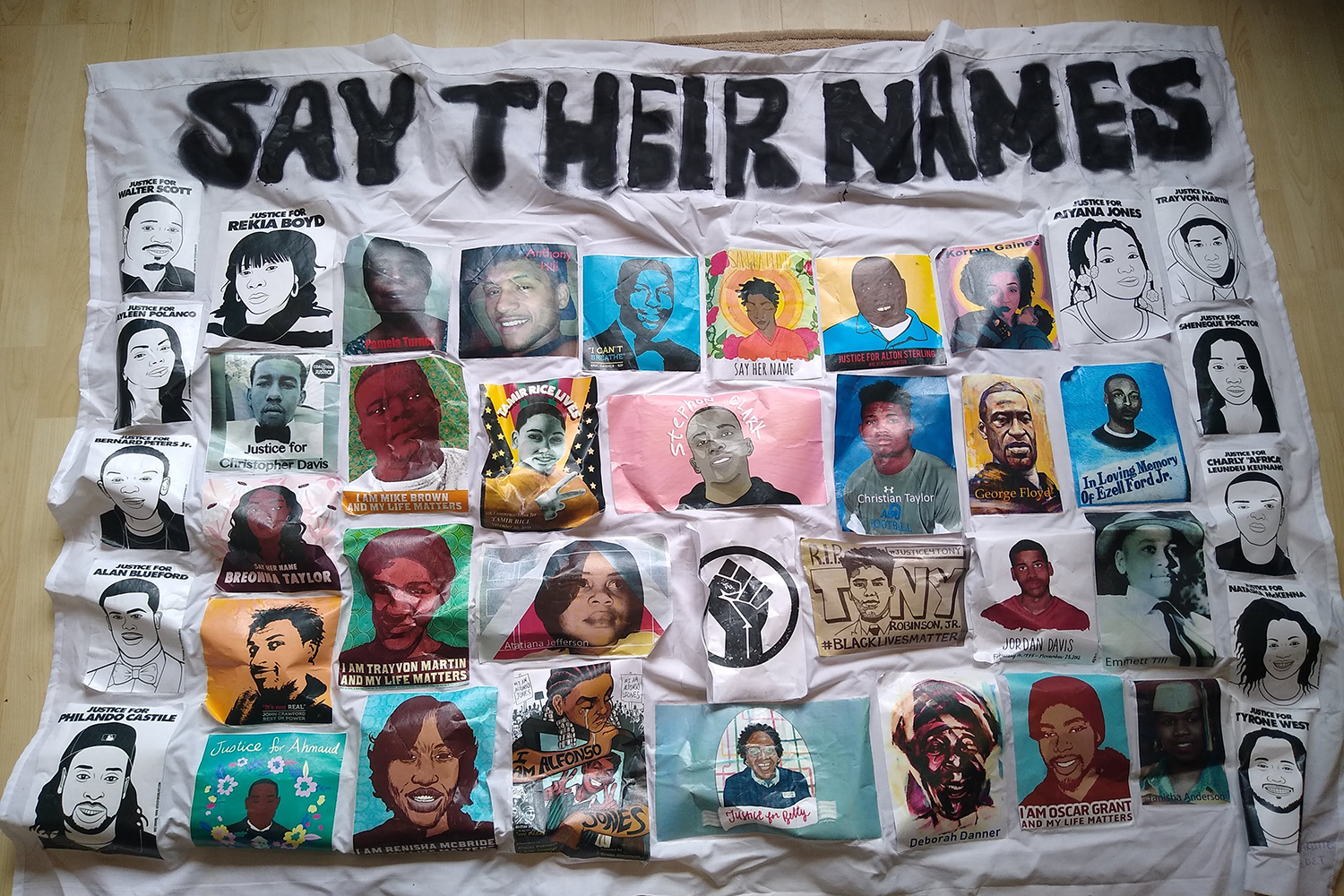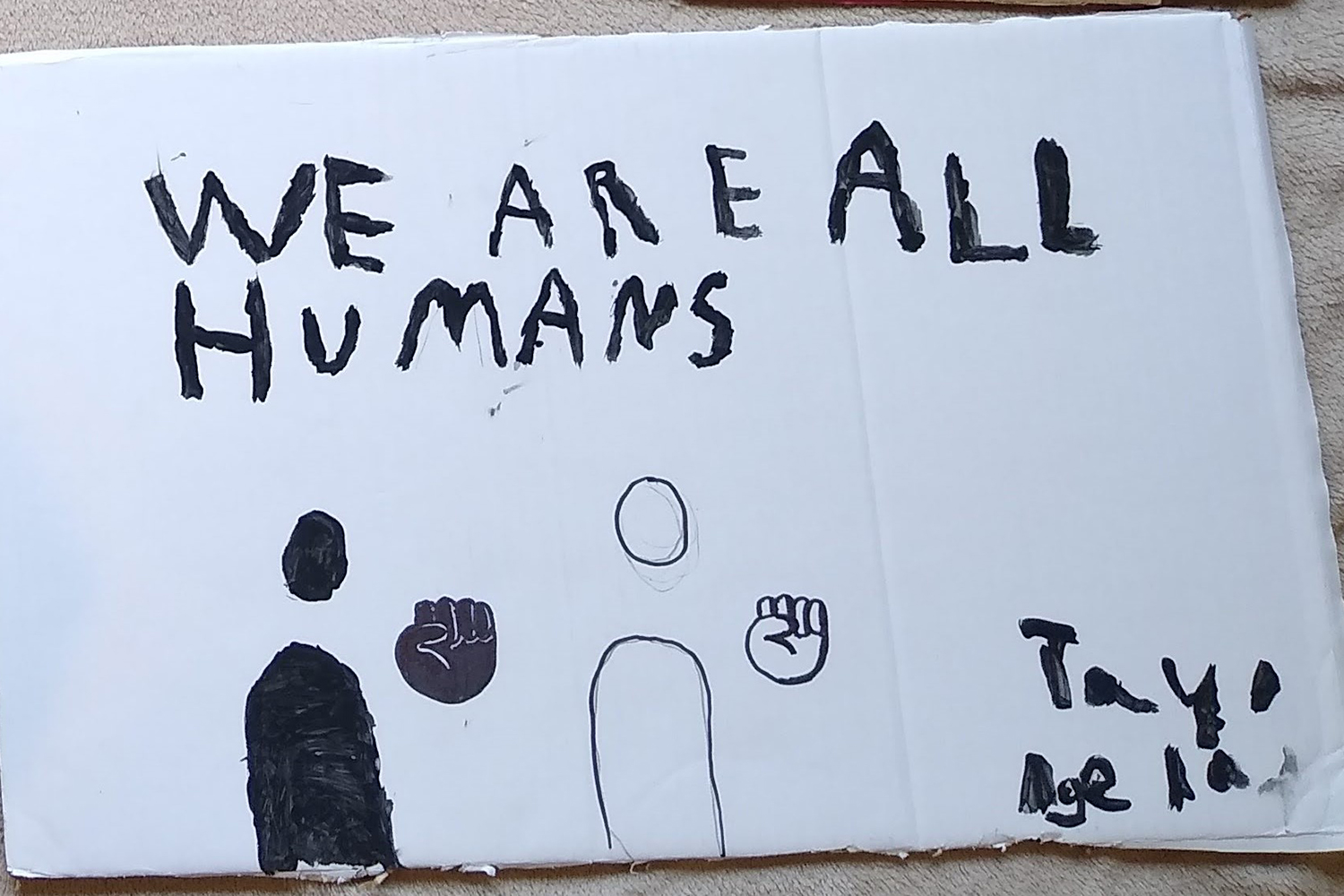Museums have long been interested in collecting material culture of the present. Objects that demonstrate the design, technological, natural, and social stories and changes of today. More recently, ‘contemporary collecting’ has been given renewed attention as a specific approach to building museum collections. Georgia Vullinghs, Curator of Modern and Contemporary History, explores ways of collecting the present with the future in mind.
Collecting in response to current events, issues, and concerns is one way to ensure that museums continue to be relevant to the present. Displaying contemporary material (alongside historic artefacts), museums are spaces where people can come to learn about, question, and reflect on the world they live in. But there’s also an important long-term consequence of contemporary collecting. If museums hold records of the past, what we collect about today will shape the history of the future! We can use contemporary collecting to address some of the previous inequalities and oversights in the historical record, to make sure what we leave behind is more diversely representative.
Asking the right questions
On 21 November, museum professionals from Scotland (and a few further afield) gathered at the National Museum of Scotland and online to share ideas about how we can achieve this. Hosted as part of the National Training Programme, the day-long symposium brought together curatorial, conservation, collections management, and learning and engagement colleagues. The day sought to ask three core questions.
What objects will tell the stories of twenty-first century Scotland?
How do we develop representative collections?
Can we ‘future proof’ our contemporary collecting?
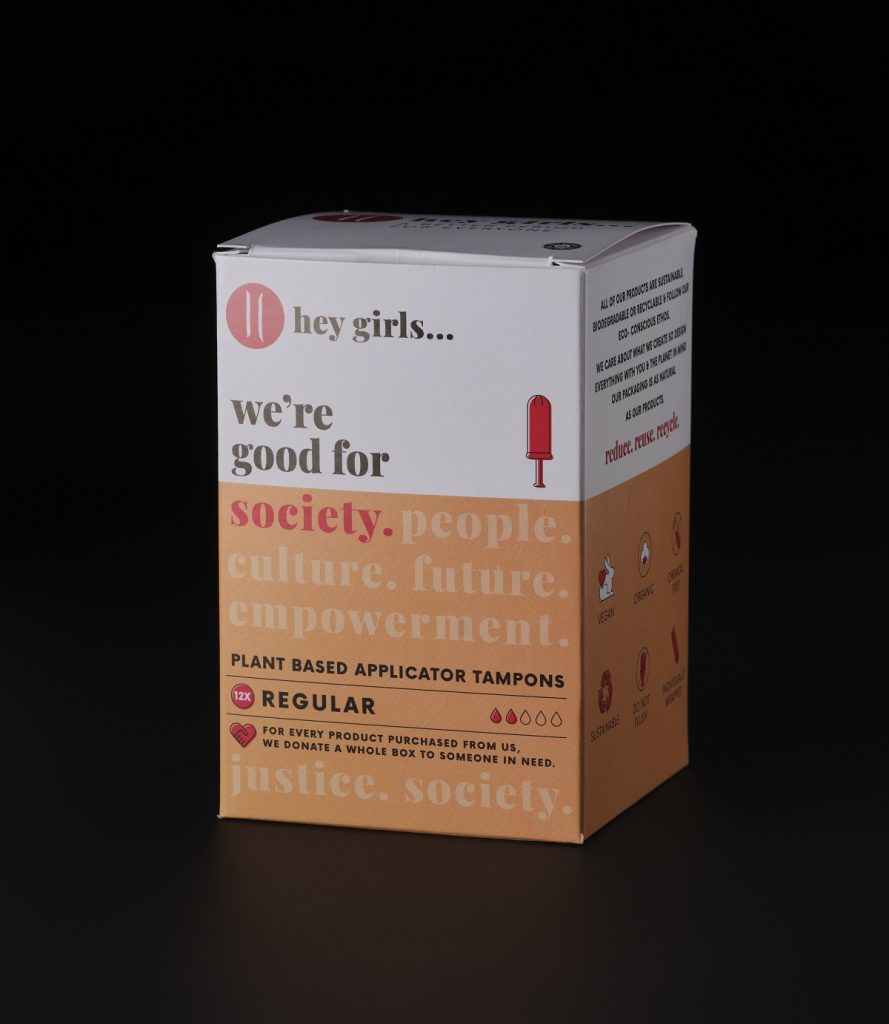
Objects as a starting point
On one level, we sought to identify (some of) the big themes, events, trends, changes, and mentalities that might be recognised as definitive of early 21st century Scotland. To take a more object-led approach, we might ask what is it that the material culture of today says about contemporary Scotland? Six curators involved in contemporary collecting were asked to share examples of their recent acquisitions, and to comment on why those objects were chosen.
They included the Ramble Tag (a guiding device for the visually impaired); period products; a film poster annotated with messages of protest; natural specimens; a drag costume; and kilt outfit. These examples introduced a broad range of topics considered important to 21st century Scottish history: disability, social change, migration, Queer identities, environmental concerns, and local issues.
Discussion on natural specimens highlighted how important contemporary collecting is in building “an archive for the future, with which to look back in time and see how species and populations change” (Andrew Kitchener, National Museums Scotland). The protest poster, relating to the history and politics of golf course developments in Aberdeenshire, demonstrated, amongst other things, that contemporary objects can have multiple meanings as subsequent events impact their interpretation (Jenny Brown, Aberdeen Museums and Galleries). A collection of period products showed how some very everyday objects engage with much wider issues in Scotland today, including social welfare and human impact on the environment (Georgia Vullinghs, National Museums Scotland).
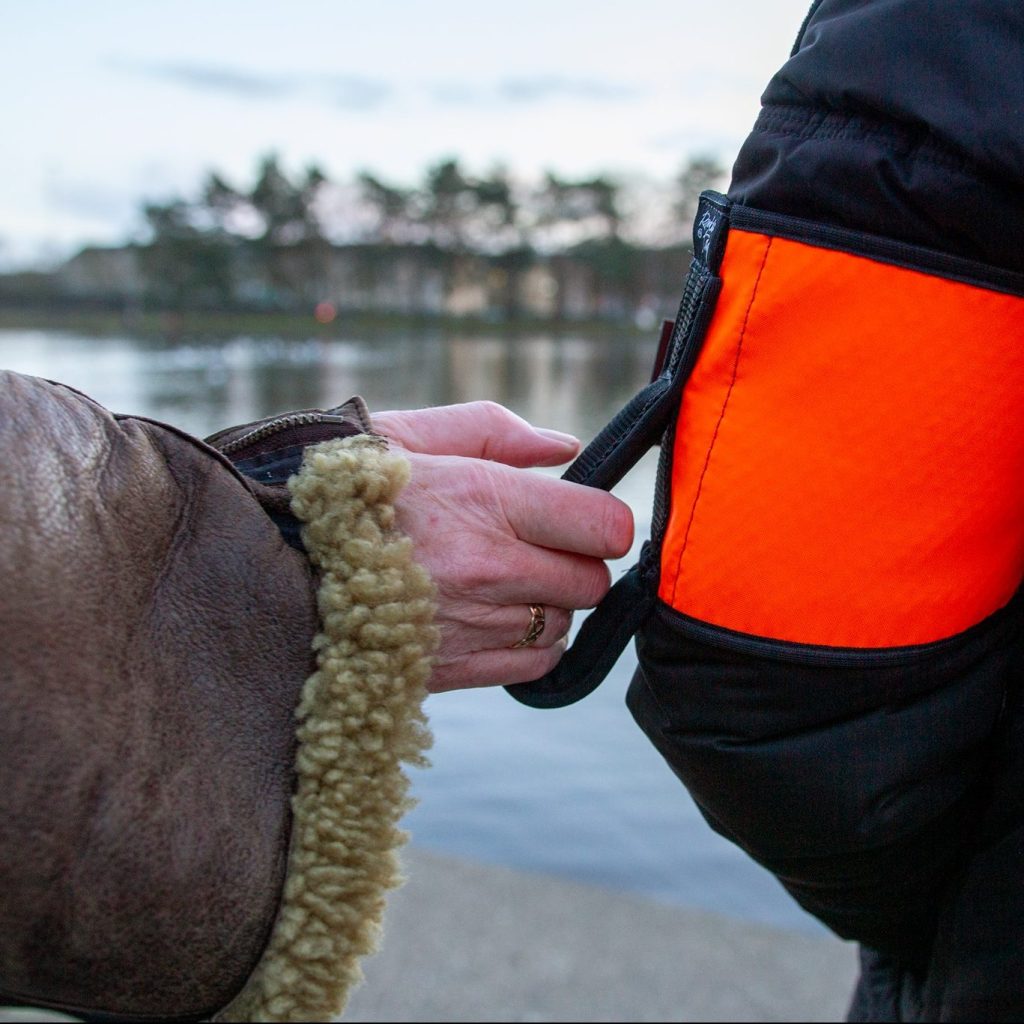
There are numerous themes we did not address directly. The examples, each with their own justification, offered a starting point for reflection on how we capture the contemporary, what types of objects can do this, and what aspects of the present we seek to represent in our collections.
One key theme that stood out, and carried through the rest of the day, was the idea that contemporary collecting can bring new voices into the museum. In collecting the Ramble Tag, Sophie Goggins (National Museums Scotland) wanted to emphasise user experiences alongside the making/design of disability aides. Drawing on lived experience to inform interpretation is a method particularly suited to contemporary collecting (more on that below).
A Dundee-inspired costume from Rupaul’s Drag Race UK has ensured that a culture and community not previously well represented is now on prominent display locally (Carly Cooper, The McManus). This addition has sparked reconsideration of the gallery more generally and diversified the people visible in the museum.
Finally, a kilt outfit representing a migrant’s cultural connection to Scotland has opened new avenues for collecting around the South Asian community in Scotland today (Friederike Voigt, National Museums Scotland). From these examples, it’s clear that emphasising people and their stories, and including previously overlooked lives, is at the heart of contemporary collecting today.
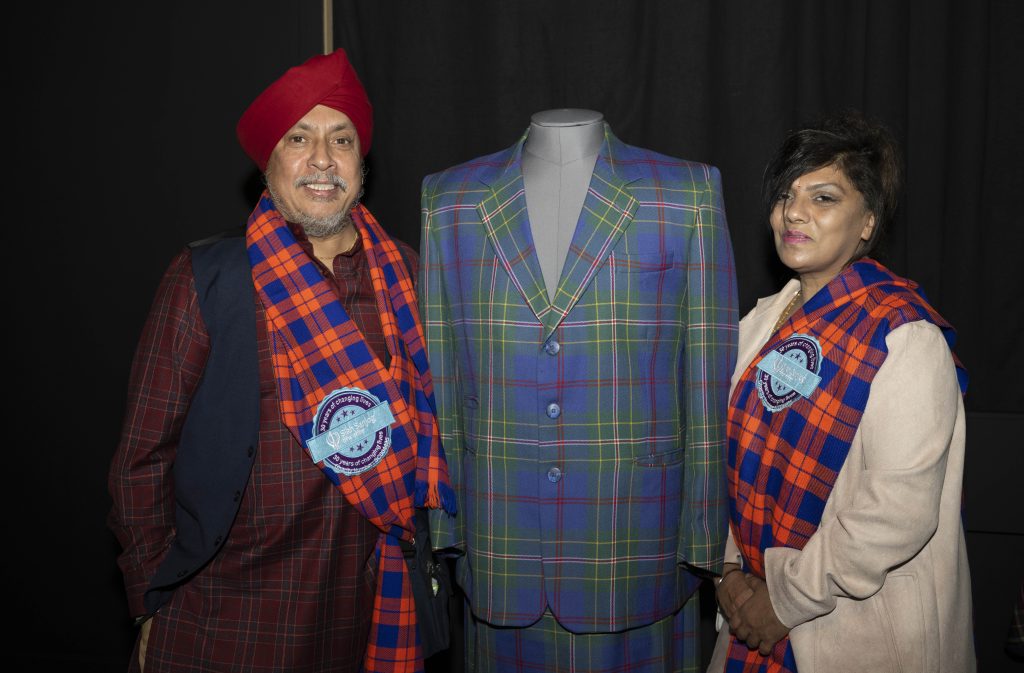
Community collecting
One possible method for building more representative collections is through community collecting. Various levels of coproduction and community engagement projects across Scottish museums have shaped how museum collections are interpreted in wonderful ways. Less often, however, is it the aim of these projects to make acquisitions.
During the symposium, we heard from Domenico Sergi (Museum of London), Esther Amis-Hughes (Leeds Museums and Galleries) and Marek Romaniszyn (National Football Museum) who have all conducted collaborative collecting projects at their museums. The session also included an artist, Morwenna Lewis (Govanhill), who photographs objects that are special to people, and documents their stories in interviews. This artistic project demonstrates how powerful objects can be when they are given the spotlight. Simply asking people about the things that are important to them could be a good starting point for developing collections that are representative of people living in Scotland.
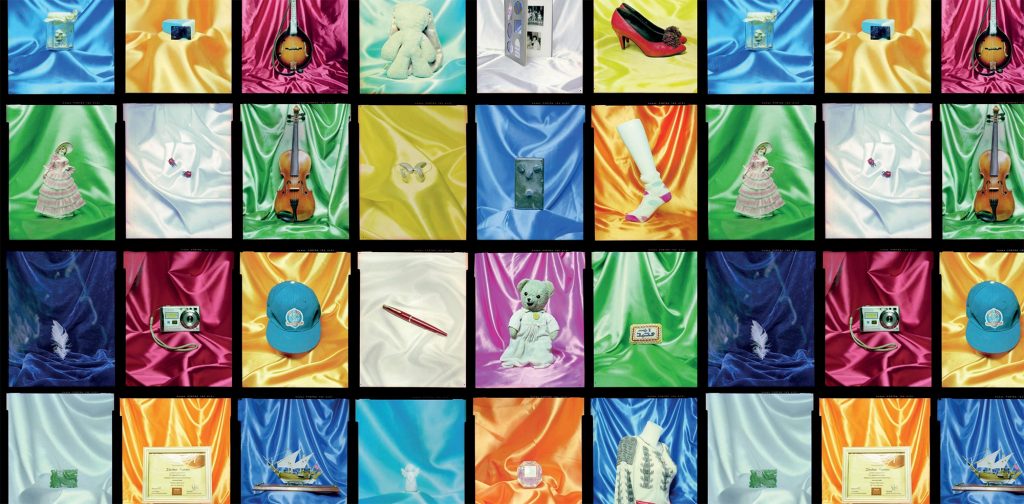
The panel emphasised the need for museums to embrace and value the knowledge of lived experience, with curators taking the role of guide or facilitators in empowering people to tell their stories, shape collections, and change displays. Alongside more traditional methods of collecting, this model could help ensure that the sorts of objects in collections, and the histories they tell, represent a diversity of experiences and ideas in Scotland. It plays an important role in bringing forward the histories of previously overlooked groups and individuals. Central to achieving this, is respectful listening and relationship building. Panellists advised that projects (from planning and funding stages) need to build in time to allow good relationships to develop between contributors and curators, to ensure there is trust and mutual understanding.
Practical challenges of contemporary collecting
In the final panel, with discussion led by Anita Quye (University of Glasgow), a group of museum professionals with different roles in collections care shared their experiences of the practical challenges of contemporary collecting and how they have addressed them.
Anna MacQuarrie (Edinburgh Museums and Galleries) explained her decision to keep almost all of 500 placards donated after a Black Lives Matter protest in 2020, while Anna Starkey and Yvonne Brownlee (National Museums Scotland) shared some questions that recent acquisitions of unstable materials had raised for the acquisition process.
Museums take on a responsibility to care for and preserve histories through objects on a long-term basis. However, many contemporary materials have either an unknown or intentionally short-lifespan compared to more historical ones like natural-fibre textiles and metals. Rigorous documentation of the objects, the materials and intent behind the acquisition was advocated by all as one way to ‘future proof’ potentially short-term materials; even if they don’t physically survive long term. The panel agreed overall that difficult or short-lived material should not put curators off collecting the object.
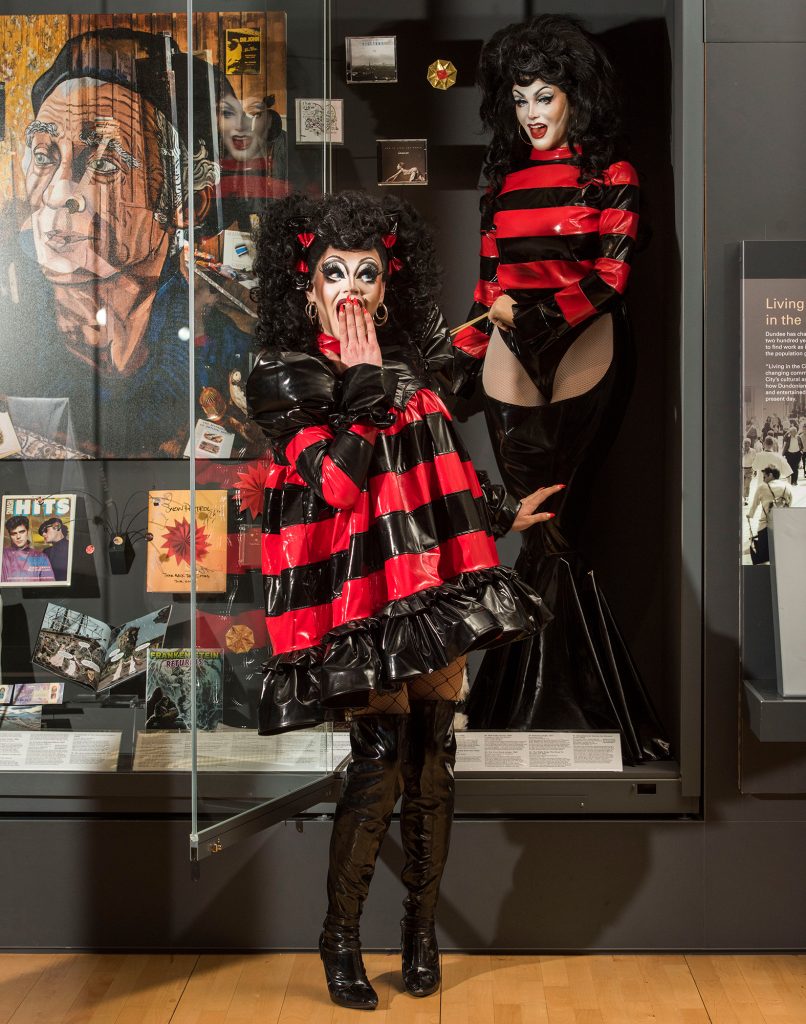
Future collecting
Moving forward, three key points appear to have emerged from the symposium.
The first is that today, contemporary collecting emphasises, and presents an opportunity for, collecting people and their experiences. Users as well as makers, previously overlooked voices, and addressing the social and environmental challenges of the present, came across as important areas to develop. We can use contemporary collecting to address some of the inequalities and oversights of existing collections, to make sure what we leave behind is more diversely representative.
Secondly, the importance of respectful listening and collaboration to achieve this was evident. Making time for relationship development with community partners, as well as discussion with colleagues within our organisations and across the sector, will contribute to good collections development and their long-term impact.
Finally, it is evident that the symposium only scratched the surface, and there is appetite for continuing some of the conversations each panel started. We need to keep sharing ideas and learning from each other across the sector so that individually and collectively museums in Scotland can build representative collections for the future.
Find out more about Contemporary Collecting at National Museums Scotland.

